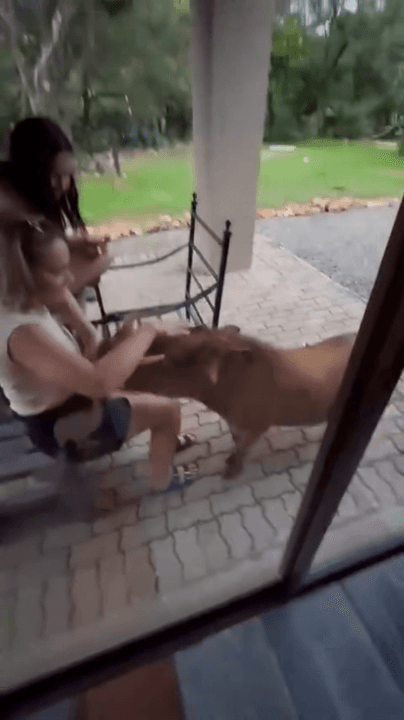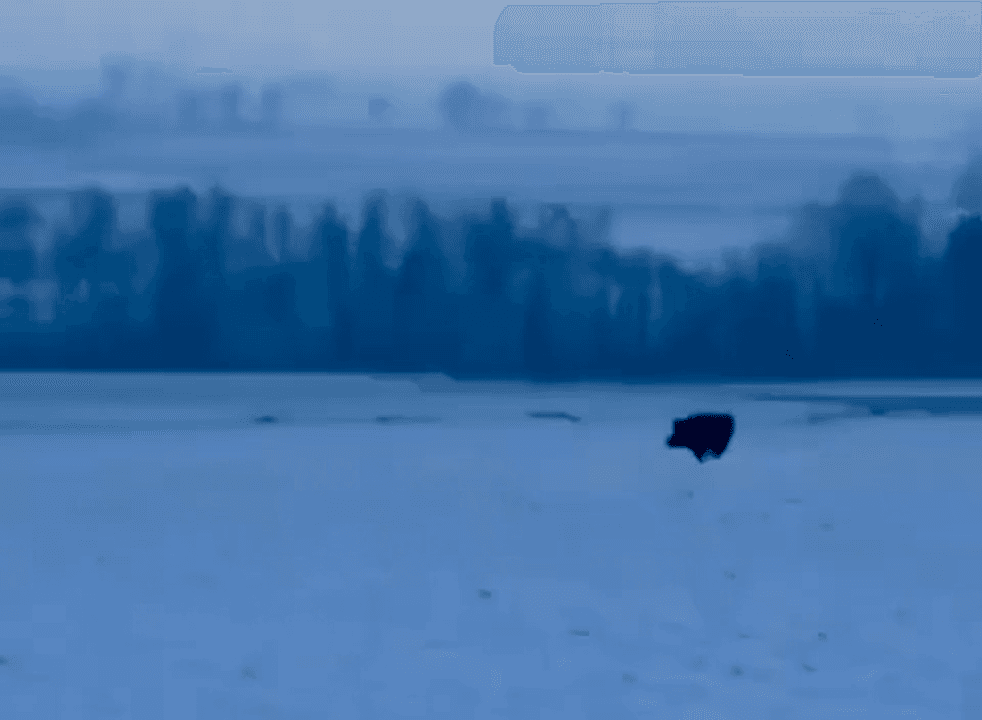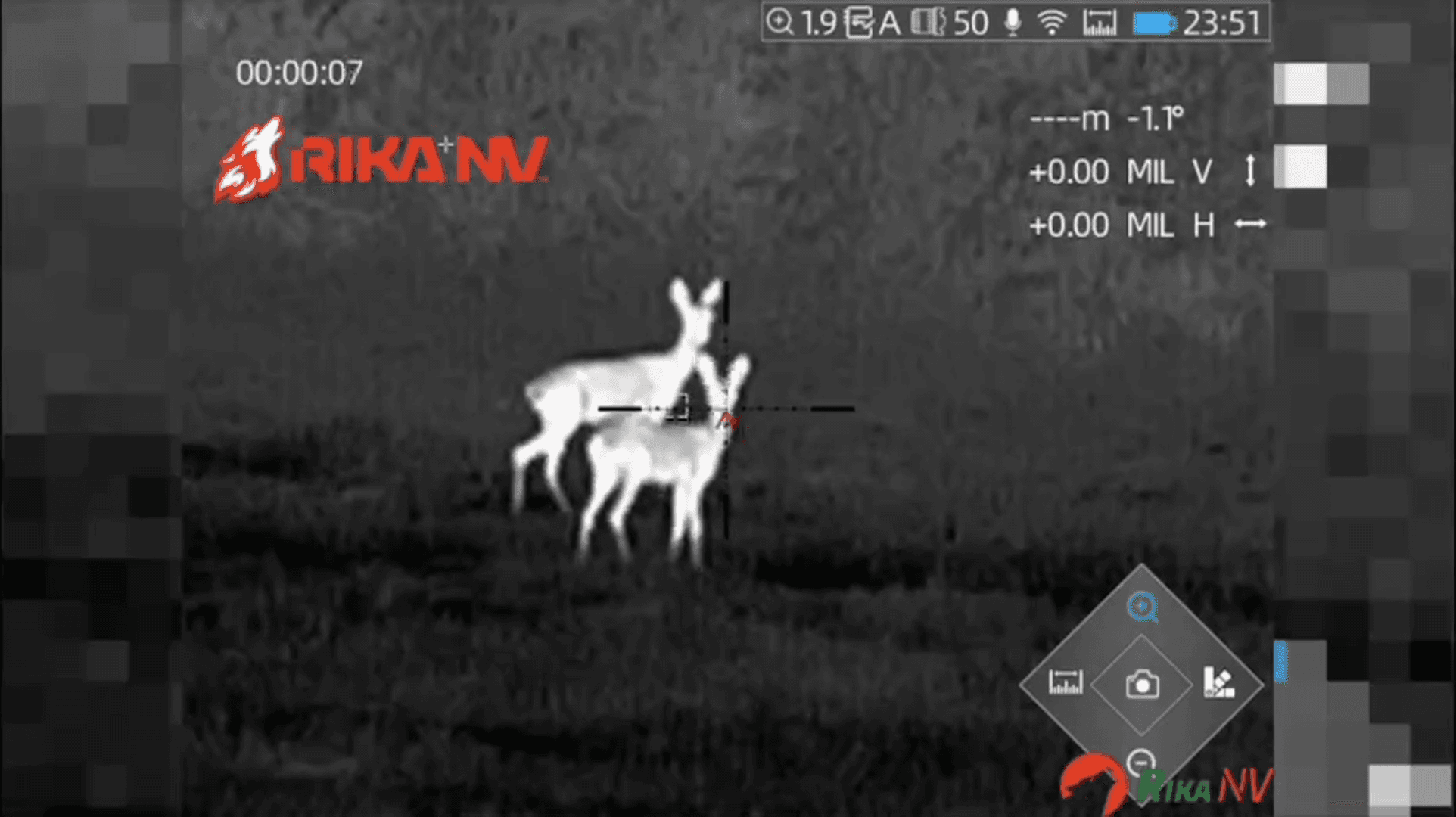
THE WARTHOG IS A DANGEROUS BEAST. After the release of the Disney animated buddy comedy, The Lion King and The Lion King's Timon & Pumbaa. Where Timon and Pumbaa, the warthog and the meerkat were responsible for the humorous line, many decided that wild animals can be really cute and funny… In the video, people who have no experience interacting with wild animals are feeding a warthog. At the moment when she tries to stroke him, the warthog cuts through the woman's skin and muscles in the area where the femoral artery passes. Judging by the huge amount of blood that flowed out of the wound in a few seconds, it is more than likely that the warthog's tusk could have cut through part of this important vessel responsible for transporting blood from the heart to the leg. Such injuries, without urgent hospitalization, will lead to dizziness, loss of consciousness and even, in critical cases, death of the victim. Warthogs are not as cute as in the Disney cartoons. They are wild and dangero
Post: 23 January 20:35
















































